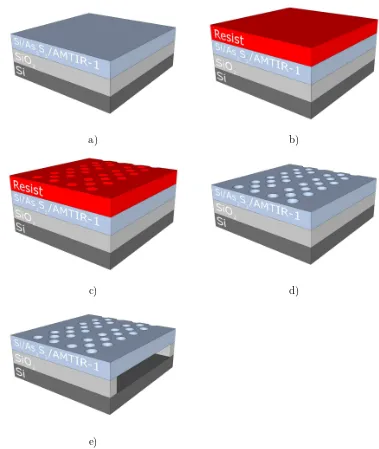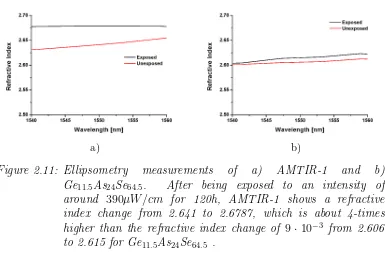Photonic crystal waveguides in chalcogenide glasses
Full text
Figure
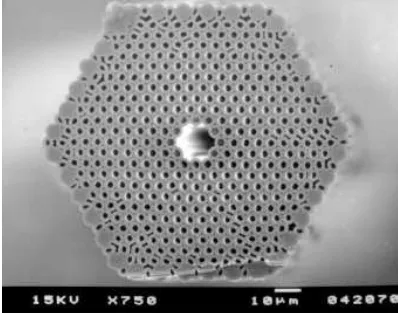
![Figure 1.3: Dispersion relation of a CROW with κ = −0.1, calculated usingeqn 4 and an electron micrograph of a coupled resonator opticalwaveguide (inset, from [17]).](https://thumb-us.123doks.com/thumbv2/123dok_us/8707245.382477/28.595.95.430.153.404/dispersion-relation-calculated-usingeqn-electron-micrograph-resonator-opticalwaveguide.webp)
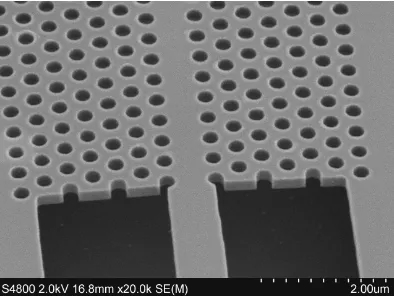

Related documents
In the context of intelligent digital learning, we propose an agent - based recommender system that aims to help learners overcome their gaps by suggesting relevant
theological system fully acceptable to the Maori, he formulated a faith that did - being a synthesis of traditional beliefs, Old Testament teachings, and
It is stable and provides a reliable approach for individual authentication.Based on automatic preprocessing, features matching and analysis, a unique identity label is
The readings from the multiple servers, whether iLon or HCS12, all have to be centralised and stored in a database, this data collection is performed by the DataPull application.
Transfection of the MT gene in AmB1000.1 brought back these IPC species closer to wild-type levels ( Table 1 ).. Two of the major PI species at 836 and 850 m/z were decreased in
Results: The women with FM showed 20% ( p < 0.001) lower isometric knee-extension force, 36% ( p < 0.001) lower isometric elbow-flexion force, 34% ( p < 0.001) lower
In the above plot, the solid line gives the yield spreads implied under the original Vasicek term structure model, the dashed line plots the spreads generated under the one-factor
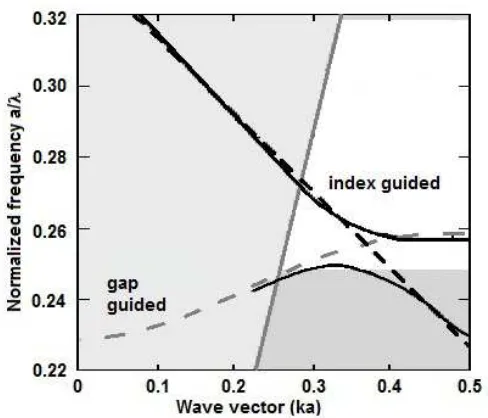
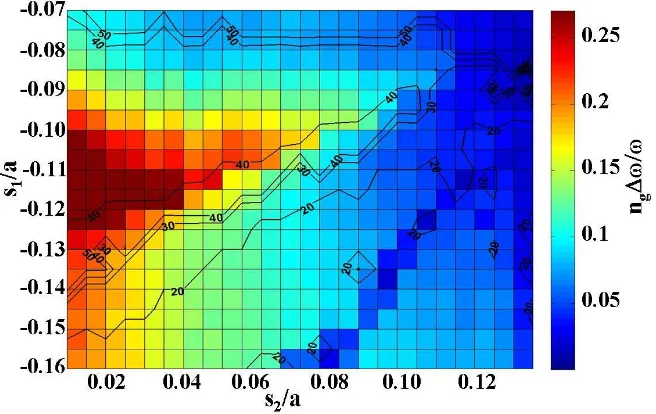
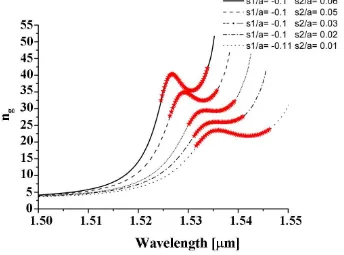
![Figure 2.6: Mode area calculations for different vgs, taken from [58]](https://thumb-us.123doks.com/thumbv2/123dok_us/8707245.382477/48.595.183.376.195.374/figure-mode-area-calculations-dierent-vgs-taken.webp)
